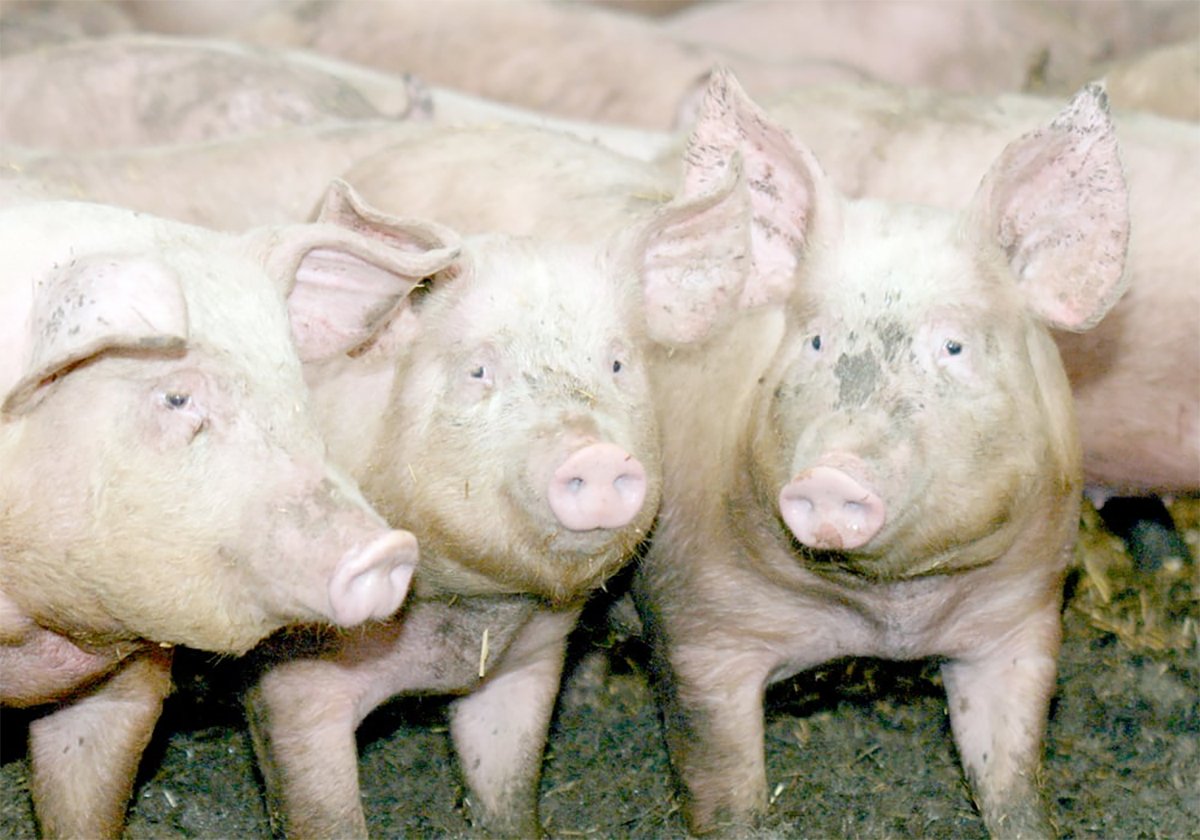MEDICINE HAT, Alta. – When Ieuan Evans tells farmers their crops need better nutrition, he backs up his theories with evidence.
He is convinced proper soil tests and judicious applications of trace minerals could give farmers the yields they hear friends brag about.
In the last 15 years the crop specialist has earned the nickname “Dr. Copper” at Alberta Agriculture because of his insistence that trace minerals like copper are essential to healthy plant growth.
“Before you do anything, get your soil checked,” he said at a crop workshop held here Dec. 1 -2.
Read Also

The Western Producer Livestock Report – November 13, 2025
Western Producer Livestock Report for November 13, 2025. See U.S. & Canadian hog prices, Canadian bison & lamb market data and sales insights.
If a crop fails people usually blame it on disease, but it is often caused by improper fertility.
Cattle are fed mineral supplements and plants should be no different, he said.
Copper can increase barley yields and give the plant added strength to fight diseases. Adding 10 pounds of copper per acre should help and it doesn’t have to be reapplied for a number of years.
Get soil tested by lab
Alberta studies have shown soils in the Westlock to Legal area of Alberta, are deficient in copper. Southern parts of the province are not generally deficient in trace minerals, but should be tested by a reputable laboratory anyway.
Often people think they have a disease or blame dead patches in a field on herbicide drift but it could be a copper deficiency.
A lack of copper affects the way the cereal heads fill or can cause flowers on wheat to open, giving ergot fungus a chance to move in.
He recommends farmers set up test plots to see if there are mineral deficiencies or other problems.
“Put your own trial out. Micro-nutrients are not a money-making thing for a fertilizer company,” he said.
Farmers can also improve fertility by leaving straw on the ground.
If broken down to its chemical components, one bushel of wheat should produce a pound of nitrogen. There is nitrogen left behind in the straw so leaving the residue on the soil should help fertility. Two tonnes of clean straw contain 30 lb. of nitrogen, nine lb. of phosphate and 65 lb. of potash.
Straw beneficial
“To grow 60 bushels of wheat you need 70 pounds of straw,” he said.
Barley also contains minerals like calcium, zinc, copper, boron and magnesium, which can be fed to cattle as a nutritious part of the ration.
Evans also told farmers to watch herbicide use. Chemicals for diseases and weeds should be applied at recommended levels. And farmers can get cleaner fields by including rotation crops that are better able to compete against problem weeds, he said.
Another reason to watch herbicides is the reaction they might have with a crop.
For example, some types of Group One herbicides applied to wheat or barley that is already deficient in copper can do more damage than good. These chemicals, sometimes called FOPs, have subsets of different types of chemistry with names like diclofop-methyl and clethodim. A copper-deficient, weakened plant is susceptible to herbicide damage.
He recommends getting seed treated. It is relatively cheap and reduces the risk of bringing more diseases onto the land.
“A seed is a tiny embryo with a bag of food,” he said. Treatment protects the embryo until it germinates and faces the sun.
Sometimes disease doesn’t reduce yield but it downgrades the quality of the grain so the farmer is paid less.















